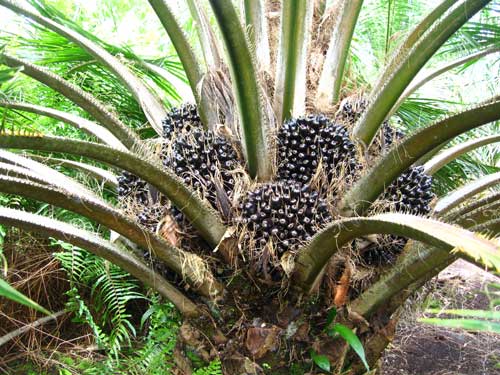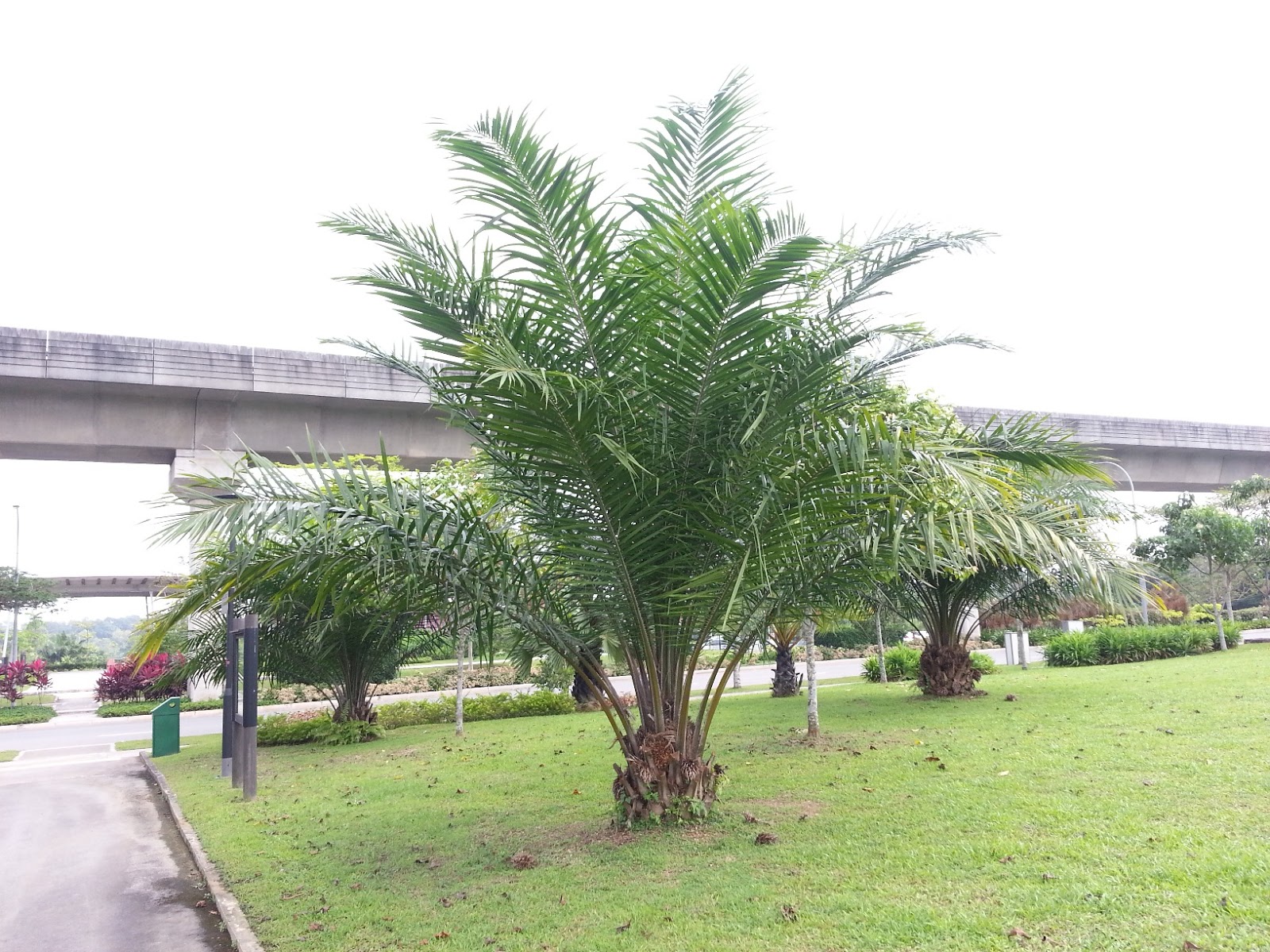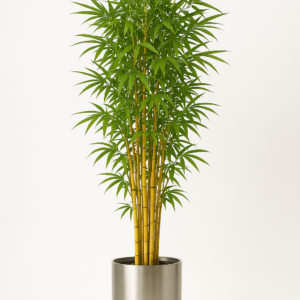Description
Elaeis guineensis is a handsome tree reaching a height of 20 m or more at maturity. The trunk is characterized by persistent, spirally arranged leaf bases and bears a crown of 20-40 massive leaves. The root system consists of primaries and secondaries in the top 140 cm of soil. Leaves numerous, erect, spreading to drooping, long, reaching 3-5 m in adult trees; leaf stalks short with a broad base. Spiny, fibrous projections exist along the leaf margins from the leaf sheath, wearing away on old leaves to jagged spines. Leaf blades have numerous (100-160 pairs), of long leaflets with prominent midribs, tapered to a point; arranged in groups or singly along the midrib, arising sometimes in different planes.
Edible Uses
Oil – two types of oil are obtained from the plant. Palm oil is obtained from the fruit whilst palm kernel oil is obtained from the seed.They are obtained in a volume ratio of approximately
Palm oil has a wide range of uses, including making margarine, vegetable ghee, bakery fats, ice cream and as a cooking oil.Palm oil is popular in West Africa and Malaysia for cooking and is now imported by India to meet local shortages in edible oil, being cheaper than many other vegetable oils. In West Africa, the unrefine red palm oil is an essential part of the diet and is often added directly to bring richness to soups and sauces.Addition of oil to cereal preparations greatly increases their calorific density, which is particularly advantageous for young childrenPalm oil is also used as frying oil in the preparation of snacks such as bean cakes and fried plantain.Its 10% linoleic acid content makes it an excellent source of carotene. This is important in reducing incidence of vitamin A deficiency and the occurrence of nutritional blindness







Reviews
There are no reviews yet.